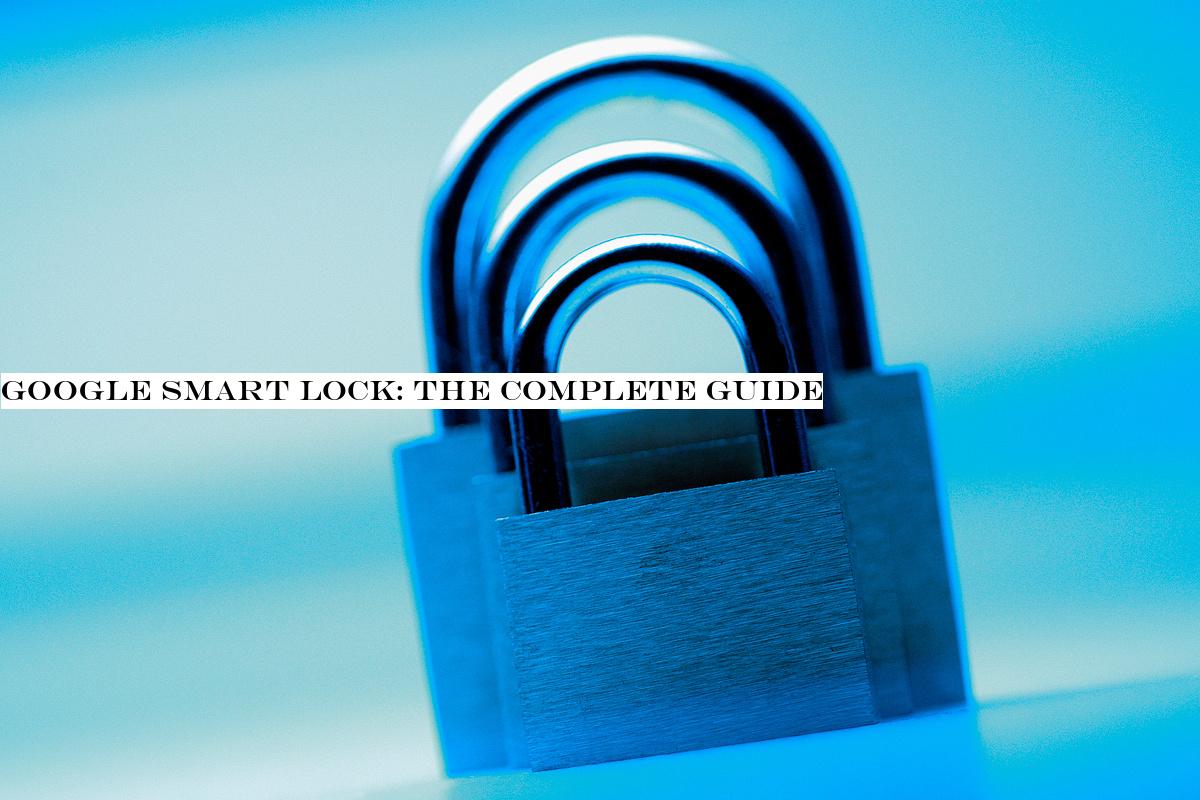Music
Trailers
DailyVideos
India
Pakistan
Afghanistan
Bangladesh
Srilanka
Nepal
Thailand
StockMarket
Business
Technology
Startup
Trending Videos
Coupons
Football
Search
Download App in Playstore
Download App
Best Collections
Technology

Deciding when to upgrade business technology is never easy. You have to consider which pricing and deployment model is right for your business and how disruptive a new solution might be to employees. But you also must balance those concerns against the risk of opportunities lost because of older equipment and applications that are more vulnerable to cyberattacks and can inhibit productivity because of degraded performance or growing inefficiency.
Outdated technology may even cost you your most valuable resource: People. Employees have come to expect workplace technologies that are easy to access from anywhere. A study by Unisys found that employees who work at organizations with legacy (read: outdated) technology are 75% more likely to be frustrated than their counterparts who work for companies that embrace new technology. The outcome? Legacy tech workers are 136% more likely to feel less productive and are 450% more likely to quit.
To read this article in full, please click here
- Details
- Category: Technology Today
Read more: BrandPost: 5 signs that you require an innovation rejuvenate
Write comment (93 Comments)
Think fast: How many times a day do you pick up your phone to look at something? Unless you live in the tundra or have far more self-control than most, the answer probably falls somewhere between "quite a few" and "more than any sane person could count." Assuming you keep your device properly secured, that means you're doing an awful lot of unlocking — be it with your face, your fingerprint, or the code you tap or swipe onto your screen.
Security's important, but goodness gracious, it can be a hassle.
Thankfully, there's a better way. Google Smart Lock provides a variety of options for keeping your Android phone unlocked in preapproved, known-to-be-safe circumstances. Itan easily overlooked but incredibly useful feature that lets you create a sensible balance between security and convenience. And once you set it up, it's simple as can be to use.
To read this article in full, please click here
- Details
- Category: Technology Today
Read more: Google Smart Lock: The complete overview
Write comment (91 Comments)
Therenever been a better time to explore a career in computer and network security. Itexciting, professionals are in demand, and itlucrative too. In fact, you can earn salaries well in the six-figure range with just a bit of experience under your belt. And you don&t even need a full college degree to be successful either. You can get by with a little hard work and a certificate or two, like the kind you could earn after completing The Complete Cybersecurity Certification Training Bundle.
To read this article in full, please click here
- Details
- Category: Technology Today
Read more: Train up on today's crucial cybersecurity skills for $40
Write comment (91 Comments)
Therea new COVID-19 test from healthcare technology maker Abbott that looks to be the fastest yet in terms of producing results, and that can do so on the spot right at point-of-care, without requiring a round trip to a lab. This test for the novel coronavirus causing the current global pandemic has received emergency clearance for use by the U.S. Food and Drug Administration, and will begin production next week, with output of 50,000 per day possible starting next week.
The newAbbott ID NOW COVID-19 test uses the Abbott ID NOW diagnostics platform, which is essentially a lab-in-a-box that is roughly the size of a small kitchen appliance. Itsize, and the fact that it can produce either a positive result in just five minutes, or a negative one in under 15, mean that it could be a very useful means to extend coronavirus testing beyond its current availability to more places including clinics and doctoroffices, and cut down on wait times both in terms of getting tested and receiving a diagnosis.
Unlike the rapid tests that have been used in other countries, and that received a new type of authorization under an FDA guideline that doesn&t confirm the accuracy fo the results, this rapid testing solution uses the molecular testing method, which works with saliva and mucus samples swabbed from a patient. This means that it works by identifying a portion of the virus& DNA in a patient, which means itmuch better at detecting the actual presence of the virus during infection, whereas other tests that search the blood for antibodies that are used in point-of-care settings can only detect antibodies, which might be present in recovered patients who don&t actively have the virus.
The good news for availability of this test is that ID NOW, the hardware from Abbott that it runs on, already &holds the largest molecular point-of-care footprint in the U.S.,& and is &widely available& across doctoroffices, urgent care clinics, emergency rooms and other medical facilities.
In total, Abbott now says that it believes it will produce 5 million tests in April, split between these new rapid tests and the lab tests that it received emergency use authorization for by the FDA on March 18.
Testing has been one of the early problems faced by the U.S. in terms of getting a handle on the coronavirus pandemic: The country has lagged behind other nations globally in terms of per capita tests conducted, which experts say has hampered its ability to properly track and trace the spread of the virus and its resulting respiratory disease. Patients have reported having to go to extreme lengths to receive a test, and endure long waits for results, even in cases where exposure was likely and their symptoms match the COVID-19 profile.
- Details
- Category: Technology Today

Apple2020 iPhone launch plans seem to have been undermined by coronavirus, with both of its anticipated smartphone launches delayed & possibly for months.
Hey Siri, what onearth is happening?
If everything had gone according to plan (it didn&t), Apple was expected tointroduce an iPhone 9 in March and the first5G-enabled iPhone 12 in September.
To read this article in full, please click here
- Details
- Category: Technology Today
Read more: Is the age of Apple over iPhone speculation and delays
Write comment (97 Comments)StockX, the high-flying resale marketplace that connects buyers and sellers of sneakers, streetwear, handbags and other collectible items, has seen its fortune rise along with the $6 billion global sneaker resale market, which is part of the broader $100 billion sneaker category. In fact, the company, which was assigned a billion-dollar-plus valuation last year, says $1 billion worth of merchandise was sold through its platform last year.
The big question is whether StockX can maintain its momentum. Not only are other rivals biting at the heels of the five-year-old, Detroit-based outfit, which has raised roughly $160 million from investors, but some believe the streetwear &bubble& is on the verge of bursting. Add to the mix a pandemic thatputting millions of people out of work (and in some cases jeopardizing the health of those still showing up), and you might assume that answer is no.
Yet in an online event earlier this week hosted by this editor and conducted by Erin Griffith of the New York Times, StockX CEO Scott Cutler insisted that the exact opposite is true. By his telling, business is booming.
Perhaps unsurprisingly, he even argued that StockX looks more durable than the traditional public market right now, and hewell-acquainted with the latter, having spent nine years as an executive with the New York Stock Exchange earlier in his career.
Some highlights from their chat follow:
Griffith kicked off the interview by asking who is driving the marketplace and whether it might be a small number of power users.
&Seventy-five percent of our customers are under the age of 35. And that customer is a now a wide demographic, I would say two years ago, it was defined in sneakers as a &sneakerhead,& meaning somebody that collected sneakers and bought and sell sneakers specifically. But today, that demographic, if you looked at millennials and Gen Z, as an example, 40% of them would define themselves as sneakerheads, and so thatmale and female, and this demographic is around the world. We have customers in over 170 countries and territories.&
Cutler went on to say that StockX is very well-positioned because, unlike with a lot of goods that people might find through Amazon or a Google search and thus compete on some level with them, StockX is itself the &first& shopping destination for most of its customers.
&Even the brands can&t provide access to [whatfor sale at StockX]. So that consumercomes to us as a first destination; they don&t go to those brands to shop to shop . . . That means that we have an incredible opportunity then to deliver exactly what that customer wants at the beginning of the journey, which is very rare in e-commerce, to be that first point of destination.&
Naturally, Griffith asked how the virus has impacted StockXbottom line. Cutler said itbeen &great for our business and growth.&
&The recent events over the last couple of months has been a benefit to our business. We&ve had more and more traffic and buyers coming to our site because in some respects, traditional retail in some geographies is not available. We thought we&ve always been a marketplace of scarcity, but now you can&t actually go into a real retail location, so you&re coming to StockX. So on the one hand, itbeen great for our for our business and for our growth.&
Cutler also acknowledged that to accommodate that growth, StockX needs people in the warehouses where sellers send goods so that StockX can authenticate them before shipping out to buyers. He said that StockX has &people in those centers that are coming to work right now, even in places like New Jersey that are certainly impacted.& He called it a &balancing& act of trying to ensure its team members feel &safe& while continuing to operate its business at scale around the world.
As for how, exactly, StockX is ensuring these employees are safe, he said that StockX is &operating under all of the local rules and regulations that we have in all the different places where we operate.& As an added sweetener, he said the company recently gave a &spot bonus& and increased the salaries of employees at its authentication centers by 25%.
And what happens if the warehouses are ordered to shut down or employees begin showing up with the virus? Griffith asked what StockXbackup plan entailed.
Here, Cutler noted the companymultiple authentication centers, saying that &in the event that we have to reroute traffic from one authentication center to the other, we will do that. We&ve been operating that way.& (He also said that business continuity planning is currently a &stand-up every single day [wherein] we go through site safety and security and any incidents that come up and we&re making decisions as a team every day on some of that routing logic.&)
Griffith wondered what kinds of conversations StockXventure investors are having with the company, given everyonefocus right now on belt-tightening. ((StockX is backed by DST Global, General Atlantic, GGV Capital Battery Ventures, and GV, among others.)
Cutler acknowledged that the &future, in some respects, is uncertain for many of us, in that you don&t know how long this is going to last.& He said that as the company looks to the future, ittrying to factor in &different scenarios of macro shifts in demand& but that as it looks at ¯o shifts in the supply chains& it has reason for optimism. He pointed to China, for example, where many supply chain factories went down this winter, yet most are back up to to 80% or 90% of their previous capacity.
Asked if StockX is recession-proof should the downturn last (Griffith noted that some of the pricier sneakers on the platform are selling for thousands of dollars), Cutler suggested that he hopes so for the sake of the businesses that are run off its platform.
Said Cutler, &For a lot of our sellers, you have to appreciate that our they depend on StockX for their livelihood. They actually may be running a very sophisticated business that is selling sometimes thousands of pairs of sneakers every single day to [maybe] a student whousing StockX to fund their education.&
Cutler also compared StockX to the public equities markets, insisting that they aren&t so different and that, to his mind, StockX might even be the safer bet right now.
&We actually have buyers who see this time as a market opportunity and see the price of a rare Jordan 1 [shoe] thatmaybe coming down, and they say, ‘Hey, this is short lived,& much like somebody may say, ‘Hey, the market is off a little.&
&They&re putting their money in sneakers,& Cutler continued, adding: &My portfolio right now in sneakers is still up on the year. Thatmore than I can say about the S-P.&
- Details
- Category: Technology Today
Read more: As the U.S. shuts down, StockX’s business is booming, says its CEO
Write comment (90 Comments)Page 1104 of 1418

 14
14





